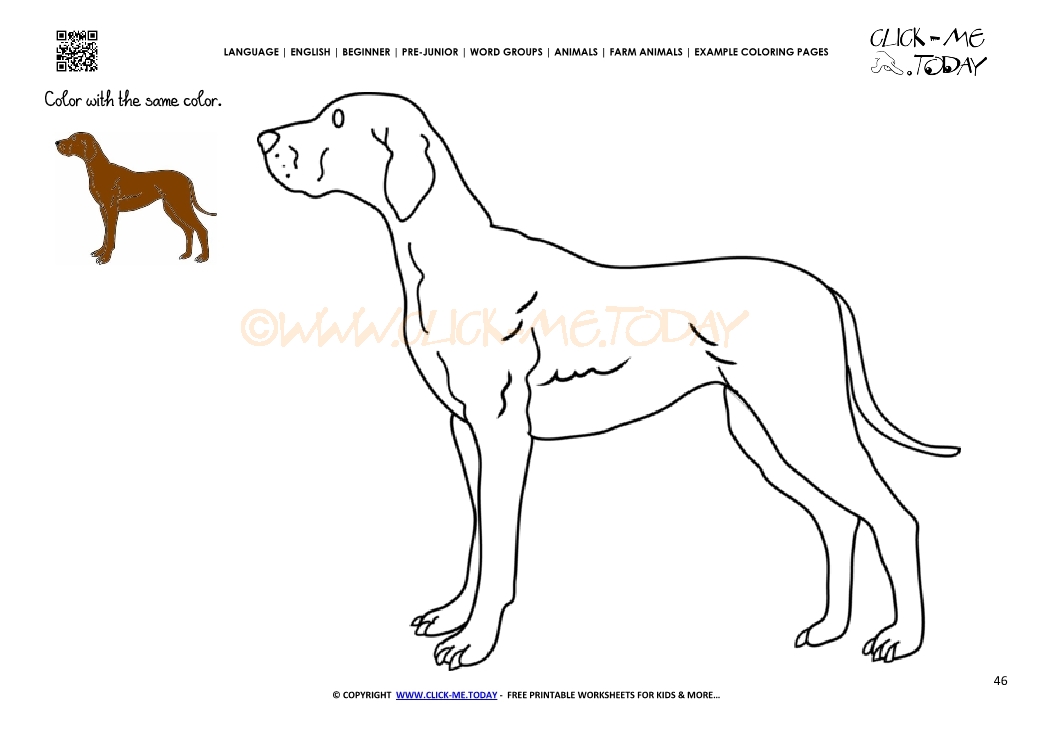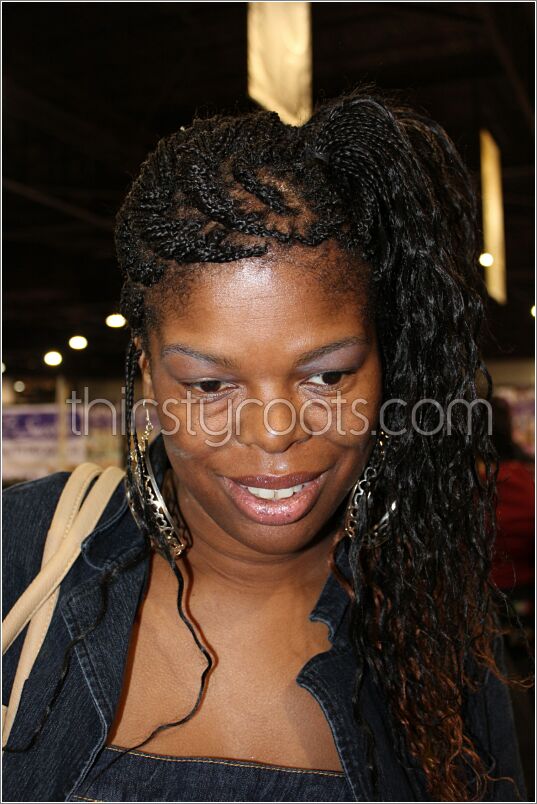Table Of Content

You should plan to wear gloves, as well as make sure you avoid staining your clothes or the area where you’re applying it. Some dyes require that you mix them with water, while others do not. All dyes must be labeled with their ingredients and instructions for use.
Safe Ingredients
The mixing and matching of genes gives us the many color and pattern combinations we see in dogs today. In addition to genes, the color of the dog often is related to the dog’s purpose in life. Dogs used to protect sheep are often selectively bred to be white in order to blend into the flock. Dogs bred to herd sheep are selectively bred not to be white. It’s important that you only use pet-rated products when coloring your puppy’s fur.
Little Dog Almost Dies After Her Owner Decides To Dye Her Purple - The Dodo
Little Dog Almost Dies After Her Owner Decides To Dye Her Purple.
Posted: Thu, 25 Jan 2018 08:00:00 GMT [source]
Crazy Liberty Dog Hair Dye Set (Spring)
According to Bishop-Jenkins, the longest telogen (or resting) phase occurs in dogs with medium-length fur coats, much like wild wolves. This is why these types of coats do not grow back well (if at all), if they are cut, since the undercoat grows in and falls out more quickly. Making assumptions regarding temperament and intelligence based on the physical appearance of dogs can be a conscious or unconscious human act.
Quercetin For Dogs With Allergies
The Harlequin coat pattern is characterized by a predominantly white base coat with large irregular patches of a contrasting color. This pattern is most commonly seen in Great Danes, but it can also occur in other breeds such as the Dalmatian and the Cane Corso. This coat pattern is characterized by large patches of red and white on the dog’s coat. The patches of red and white can be irregular in size and shape, and the amount of white on the coat can vary.
After reading through our reviews, you still may have questions before you attempt to add color to your dog’s coat. In this buyer’s guide, we’ll cover key topics and important tips that you need to know before you purchase dog hair dyes. Despite being in a spray bottle, this product is propellant free and environmentally friendly.
Brindle Dogs
It is often seen in breeds such as the Cocker Spaniel and the Basset Hound. This pattern is also known as “black and tan” and is commonly found in breeds such as the Doberman Pinscher and the Rottweiler. The black areas are usually on the back and sides, while the white is on the chest and feet, and the tan is on the muzzle, eyebrows, and feet. This combination can create a sleek and elegant appearance, and is often seen in breeds such as the Siberian Husky and the Great Dane.
Types of Hair Coats in Dogs
Saturate the dog’ fur with the colored water -be sure to get all surfaces fully wet. Use a dog comb or brush to work the colored water through the fur and above all be careful not to get the food coloring in his eyes! Put the dog on some old towels or newspapers while you wait for her to dry since the colored water drips off the fur while drying. Spotted dogs usually have patches of dark pigment over a base color that’s much lighter.

First and foremost, don’t use products with harmful chemicals in them to dye your dog’s fur! The chemicals (including bleach) will irritate a dog’s skin and you’ll have to undergo a series of vet visits to get your dog’s skin and coat back to normal. As with all dog hair dyes, be mindful during application to wear gloves and to protect your surroundings from stains. Before you start to daydream about colors, it’s important to consider a few things. To start, you will need to make sure the product that you choose is designed for use on pets. The products on the list below are a good starting point for finding dog-safe hair dyes.
Categories
Solid coat colors can give a classic and timeless look to your dog. Whether you prefer the lightness of cream, the sophistication of grey, or the warmth of fawn, there’s a solid coat color out there for every dog owner. As with the other solid coat colors, there can be variations in shade and tone within each color category. Some breeds may also have a specific shade of the color as part of their breed standard, so it’s important to do research if you’re looking for a specific shade. Don’t assume that the color in the bottle is the color you will end up with on your dog.
For example, certain coat colors and patterns may be more prone to certain health conditions, while others may require more grooming or a specific diet. Before you purchase dog hair dyes, you’ll need to decide how long you’d like your dog to sport their new color. When you’re ready to get your dog in on the fun and creativity, you’ll need the right dyes that are specifically designed to safely color your dog’s hair. We’ve rounded up the five best dog hair dye products available and included helpful reviews and quick-reference pros and cons lists.
The most important thing to remember is to not use hair dye for humans on your pet, as they can be toxic. Also, avoid products that contain harsh chemicals, such as hydrogen peroxide and ammonia. And avoid dying your dog's hair if they have a skin condition or have irritated or itchy skin, as dye could further aggravate it. A nice middle ground would be dog hair dye spray, which usually has the easiest application. Kool-Aid is another paw-friendly pick for coloring according to Albuquerque Vetco, though be sure to pick traditional varieties, as sugar-free forms can be harmful.

No comments:
Post a Comment